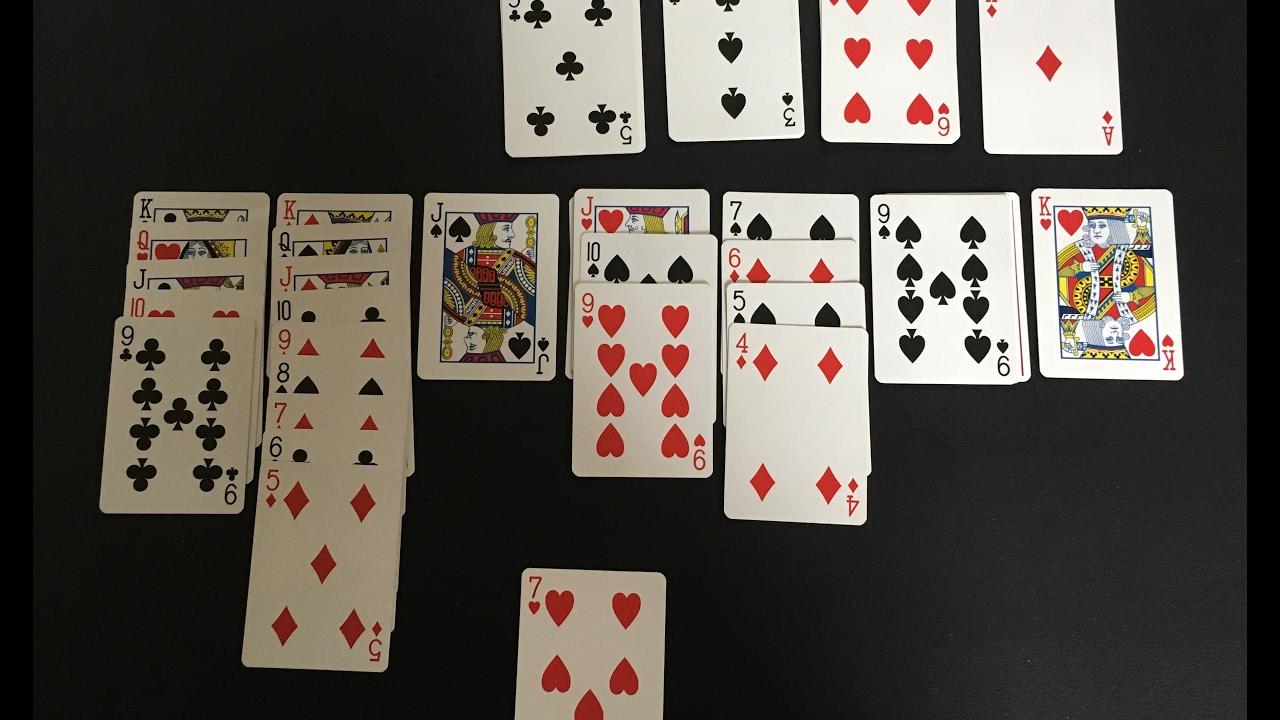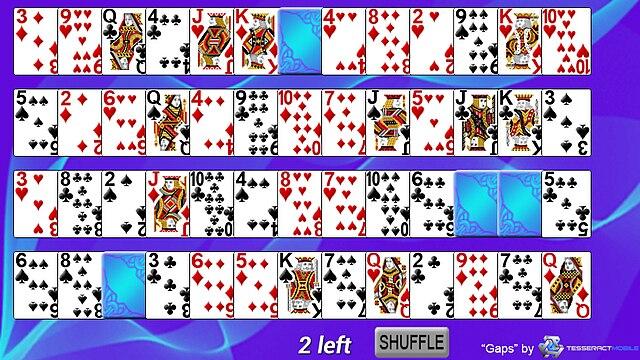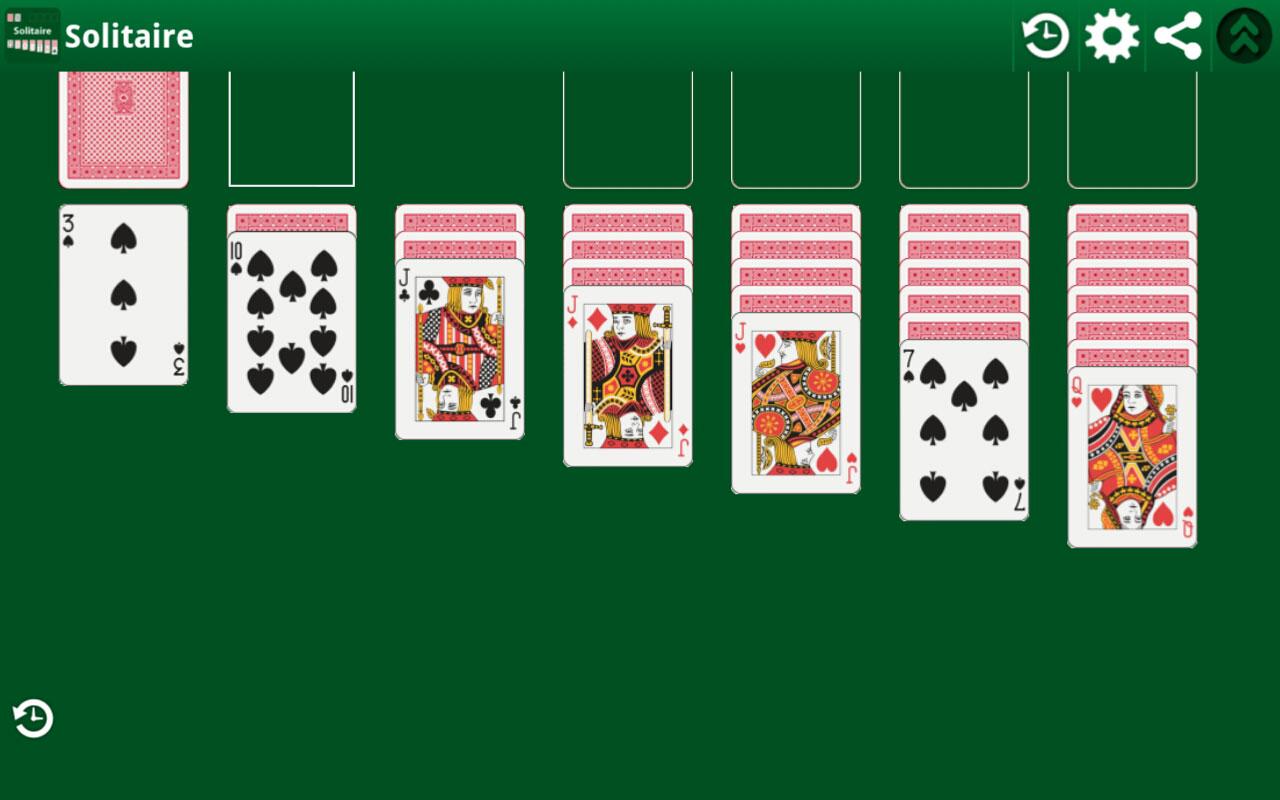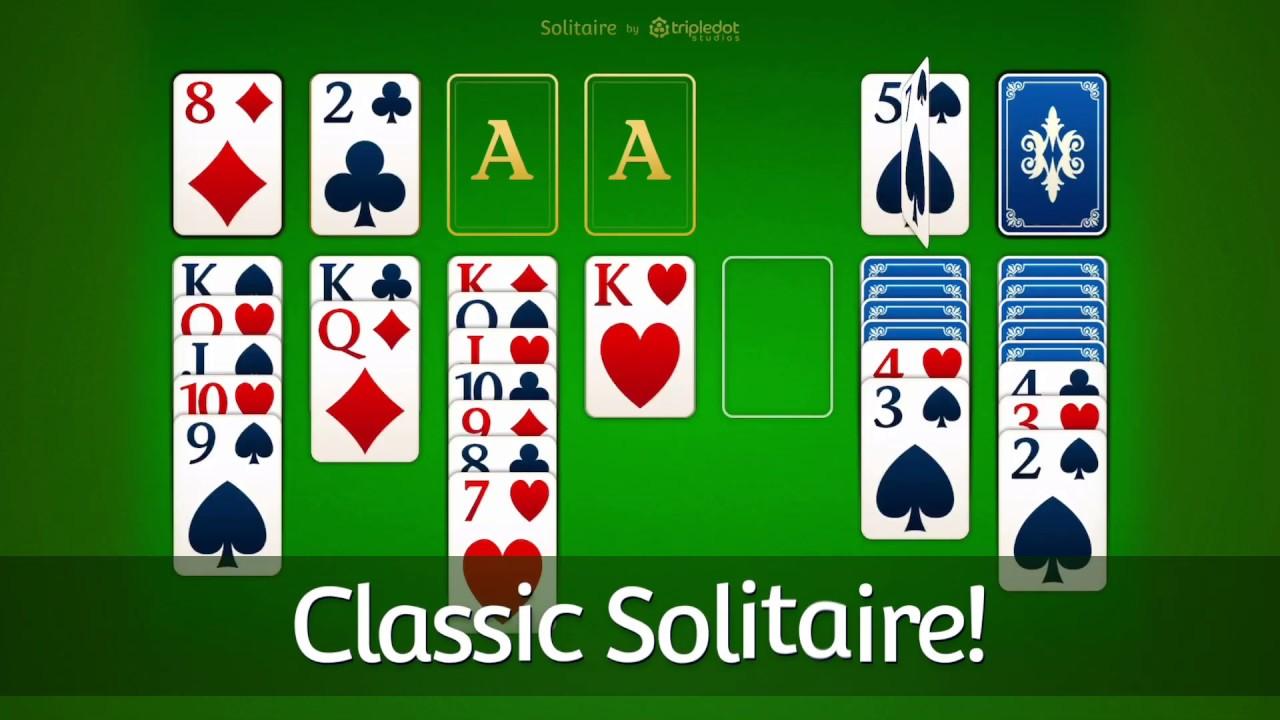how many solitaire in cards

Unveiling the Solitaire Spectrum: A Journey Through Card Games
As we shuffle through the realms of card games, one name consistently rises to the top—solitaire. This captivating genre offers a blend of strategy, patience, and the quiet thrill of solitary play. But how many different versions of solitaire truly exist within the depths of a standard deck of cards? From the classic Klondike, which has captivated players for generations, to the myriad of variations that beckon with unique rules and layouts, the world of solitaire is as diverse as it is intriguing. In this article, we embark on a quest to uncover the many faces of solitaire, exploring not only its popular iterations but also the lesser-known gems that may just inspire your next gaming session. Whether you’re a seasoned player or a curious novice, join us as we delve into the fascinating array of solitaire possibilities that await within your deck of cards.
Exploring the Count of Solitaire Variations in Standard Decks
When it comes to solitaire, the standard deck of 52 playing cards can lead to a surprising number of unique games and variations. Each different arrangement of the cards can spawn its own version, with rules that may vary widely. For instance, some popular solitaire variations include:
- Klondike – The classic version where players build foundations in ascending order.
- Spider – A challenging game using two decks, focusing on creating complete sequences.
- Freecell – An engaging variant where every card is dealt face up, giving players a clear view.
- Yukon – A unique twist allowing players to move groups of cards that are stacked together.
The beauty of solitaire lies not just in its diverse variations but also in its adaptability. With slight modifications in rules or setups, the same deck can yield new gameplay experiences. Here are some lesser-known variations that players might explore:
- Pyramid – A type of solitaire where players remove pairs of cards that add up to 13.
- Tri-Peaks – In this variant, you build sequences up or down from three overlapping peaks.
- Golf – A game where cards are played off a tableau and aims at reducing the number on the board.
- Scorpion – A more complex version of Spider that introduces new ways to capture cards.
The options are nearly endless, resulting from the creative interplay between strategy and chance. Whether you prefer a well-loved classic or a lesser-known variant, each game offers a journey of both skill and luck, showcasing the enduring appeal of solitaire in its many forms.

The Intriguing Evolution of Solitaire Card Games Across Cultures
The journey of solitaire card games is as captivating as the games themselves. Emerging from simple roots, these solitary pastimes evolved into complex forms across different cultures. In Europe, for instance, solitaire gained immense popularity during the 18th century, particularly in France, where it took on a distinctive flair with the introduction of the tableau layout. Players would navigate through a series of moves, blending strategy and chance, which captured the imagination of many. Ironically, isolation, a central attribute of solitaire, became a means of connection as players shared techniques and strategies across salons and parlors, laying the groundwork for various game modifications.
Meanwhile, in Asia, card games evolved under different cultural contexts. In China, a version known as “Chase the Lizard” features unique rules and uses traditional Chinese cards, reflecting local folklore. In Japan, one can find a variation called “Kōwafū,” where players engage in a solitary experience while asynchronously competing with one another. These diverse elements culminate in a plethora of solitaire styles and variations that are celebrated today. To provide a clearer view of the fascinating worldwide adaptations, here’s a brief comparison of some prominent solitaire games:
| Region | Game Name | Key Features |
|---|---|---|
| Europe | Klondike | Classic tableau layout, strategic planning |
| China | Chase the Lizard | Traditional cards, folklore themes |
| Japan | Kōwafū | Asynchronous competition, unique rules |

Navigating the Basics: How Many Solitaire Games Can You Play?
When it comes to exploring the world of solitaire, there are numerous variations that players can enjoy. Each version brings its own unique rules and challenges, making the experience both diverse and entertaining. Here are some popular solitaire games to consider:
- Klondike – The classic version that most people are familiar with.
- Spider – A more complex game that requires strategy over multiple stacks.
- Freecell - A game that relies heavily on skill and foresight, with almost every game solvable.
- Pyramid – In this variant, you remove pairs of cards that total thirteen, creating a fun challenge.
- Yukon – Similar to Klondike but with added freedom to move stacks of cards.
With so many different types to choose from, it’s easy to see why solitaire remains a beloved pastime. Depending on the rules you follow, you can play an endless number of games, ranging from the traditional versions to creative spins unique to the players’ preferences. Here’s a simple comparison of a few popular variations:
| Game | Number of Decks | Goal |
|---|---|---|
| Klondike | 1 | Build all suits in ascending order. |
| Spider | 2 | Form complete sequences of cards. |
| Freecell | 1 | Move all cards to foundation stacks. |
| Pyramid | 1 | Remove pairs that total 13. |
| Yukon | 1 | Build all suits in ascending order. |

Tips for Choosing the Right Solitaire Variation for Your Enjoyment
When selecting a solitaire variation that aligns with your preferences, it’s essential to consider factors such as complexity, duration, and personal enjoyment. Here are some aspects to guide you:
- Complexity Level: Decide if you prefer a straightforward game or one with intricate strategies. Variations like Klondike are beginner-friendly, while games like Scorpion or Yukon present more challenges.
- Time Commitment: Consider how much time you want to invest. For a quick game, try Spiderette, which is faster than traditional Spider but retains enough depth.
- Game Objectives: Determine whether you enjoy the standard goal of moving cards to foundations or prefer alternative objectives, such as in Fortress Solitaire, where you build a solid structure.
Additionally, explore variations with unique themes or rules that may provide a fresh twist to your gaming experience. Some options may include:
| Variation | Description | Recommended For |
|---|---|---|
| Klondike | The classic version most players are familiar with. | Beginners |
| Spider | A challenging option where two decks are used. | Experienced players |
| Pyramid | A single-player game focused on pairs adding to 13. | Players who enjoy quick decisions |
Remember, your enjoyment of the game should drive your choice. Experiment with different styles and embrace the strategic delights each solitaire variant offers!
Future Outlook
As we shuffle our way to the final moments of this exploration into the world of solitaire, it’s clear that the variation within a simple deck of cards is as rich and diverse as the strategies we employ in gameplay. From the classic Klondike to the invigorating FreeCell, each version of solitaire offers its own unique challenges and rewards, inviting players to engage their minds and relax their spirits.
Whether you prefer the meticulous planning of Spider or the whimsical nature of Pyramid, there are countless ways to embrace the solitude that these card games provide. So the next time you reach for a deck, remember that within those 52 cards lies not just a way to pass the time, but an opportunity to discover a myriad of games, each waiting to be played. Take a moment, breathe, and enjoy the journey – after all, the beauty of solitaire lies not just in how many games exist but in how we choose to play them.

Leave a Reply